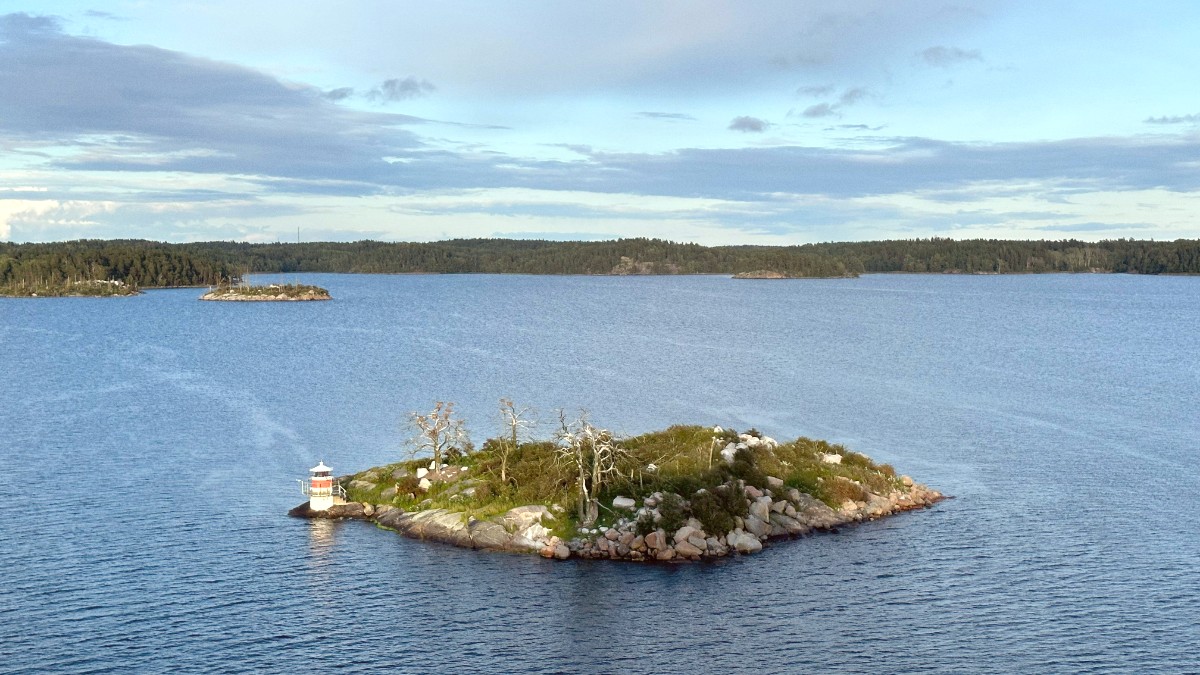
Sweden
The archipelago beckons a slower pace, deep breaths, and a connection with nature. It brings forth chances for exploration, relaxation, and genuine Swedish experiences. You might spend a day hiking through a nature reserve, an afternoon swimming from smooth granite rocks, or an evening enjoying fresh seafood at a waterfront restaurant. It comprises more than just a collection of islands; it represents a way of life, a summer dream many Swedes treasure. This guide contains the information needed for a seamless and memorable archipelago adventure.
The archipelago's expansive beauty means an island for every mood and every traveler. From the lively atmosphere of Sandhamn to the quiet, untouched wilderness of the outer skerries, you will discover your own peace or adventure. Travel from Stockholm happens quickly, putting you in this island paradise within minutes of leaving the city center.
The Stockholm Archipelago, locally known as Stockholms skärgård, makes up Sweden's largest archipelago and the second largest in the Baltic Sea, spanning approximately 150 kilometers (93 miles) from north to south.
This sprawling network of land and water holds around 30,000 islands, islets, and skerries, each adding to its varied terrain. Only a few hundred are permanently inhabited. The islands range widely in size, terrain, and character.
The inner archipelago, closest to Stockholm, presents sheltered waters, larger, greener, and often densely forested islands. These islands frequently feature charming villages, summer homes, shops, restaurants, and guesthouses. Calm, protected bays here make for kayaking, leisurely boat rides, and swimming. Further east, the landscape becomes the middle and outer archipelago, where islands are smaller, more exposed, and wind-swept. Forests disappear for sparse vegetation, and granite rock formations appear. Facing the open Baltic Sea, these remote islands make for a wilderness feel and solitude.
Vaxholm, Grinda, Fjäderholmarna. Generally larger, greener, more amenities, and calmer waters.
A transition zone with a mix of both inner and outer characteristics.
Bullerö, parts of Nåttarö. Smaller, rugged, exposed, fewer amenities, for those seeking solitude and raw nature.
A mix of fresh and saltwater supports a distinct ecosystem with fish and abundant birdlife.
The interplay of land and sea creates a dynamic landscape that changes with the seasons.
The archipelago's waters are brackish, a blend of fresh river water and saltwater from the Baltic Sea. This unique environment supports a distinct ecosystem, including various fish species and abundant birdlife. The relatively shallow waters and numerous channels make a complex navigational puzzle and a paradise for sailors.
The complex network of channels and diverse islands makes the archipelago a prime destination for sailors and boaters. Navigating these waters presents a delightful challenge and a rewarding experience.
The ever-changing interplay of land and sea, with varying light and weather conditions, offers endless opportunities for captivating photography.
Each turn of a ferry brings a new vista, a different island profile, and a fresh perspective on this expansive maritime world.
The Stockholm Archipelago possesses a rich and layered history, shaped by its unique geography and strategic position. For centuries, it served as a defensive frontier for Stockholm, the capital city. Its labyrinthine waterways and numerous islands brought forth natural protection but also vulnerabilities to naval attacks.
Fortifications dotted the islands, with Vaxholm Fortress standing as a powerful symbol of this defensive function. This impressive structure, dating back to the 16th century, kept Stockholm safe from sea-based invasions, especially during conflicts with Russia.
A historic fortification that protected Stockholm from naval invasions. Visitors today gather insight into military life.
For generations, island communities sustained themselves through fishing, sealing, and small-scale farming.
Red-painted wooden houses, boat sheds, and lighthouses make up tangible testaments to maritime heritage.
Over centuries, the archipelago changed from a working landscape into a cherished recreational haven. Wealthy Stockholmers built summer houses, seeking respite from the city. This trend expanded, making the archipelago the quintessential Swedish summer retreat it is today. This evolution brought new infrastructure, like ferry routes and guesthouses, yet the core appeal stayed rooted in nature and tranquility.
The archipelago has thousands of islands, islets, and skerries, making a diverse landscape.
Clear waters and an unique blend of Swedish summer life define this extensive natural landscape.
Varied experiences accommodate every traveler, from bustling islands to remote, tranquil spots.
Stunning vistas from gentle inner island slopes to dramatic rocky outer reaches.
Traditional life with iconic red cottages, a relaxed pace, and a strong nature bond.
Easy water navigation via public ferries or private boats.